Wenn du ein leichter Skifahrer bist, kann es schwierig sein, Ski zu finden, die sich nicht klobig oder schwer zu kontrollieren anfühlen. Die gute Nachricht? Kompakte Ski wie Snowfeet-Produkte sind ein echter Game-Changer. Diese kurzen, leichten Ski sind perfekt für schnelle Kurven, einfache Handhabung und Portabilität – kein sperriges Equipment nötig. Egal, ob du Anfänger bist oder einfach etwas Handlicheres möchtest, Snowfeet bietet Optionen, die Spaß machen und leicht zu benutzen sind.
Hier ist die Aufschlüsselung:
- Snowfeet Skiblades (26–47 Zoll): Hervorragend für Kontrolle und sanfte Kurven. Perfekt für Anfänger und leichtes Gelände.
- Snowfeet Skiskates (17 Zoll): Eine Mischung aus Skifahren und Skaten, ideal für Agilität und enge Räume.
- Snowfeet PRO (20 Zoll): Eine Premium-Wahl für mehr Stabilität und Präzision.
- Anfängerski (z. B. Rossignol Experience): Stabil und nachgiebig, aber schwerer und weniger transportabel.
- Fortgeschrittene Ski (z. B. K2 Mindbender): Für Leistung gebaut, aber schwerer zu manövrieren für leichtere Skifahrer.
Schneller Tipp: Wenn Sie leichte, einfach zu transportierende Ski suchen, die anfängerfreundlich sind, ist Snowfeet Ihre beste Wahl. Für Tiefschnee oder Highspeed-Carving sollten Sie traditionelle Ski in Betracht ziehen.
Lassen Sie uns ins Detail gehen.
KAUFEN SIE DIESE SKI, WENN SIE EIN LEICHTGEWICHTIGER SKIFAHRER SIND: Warum POC Helme? : Zukünftige Videos mit NORDICA
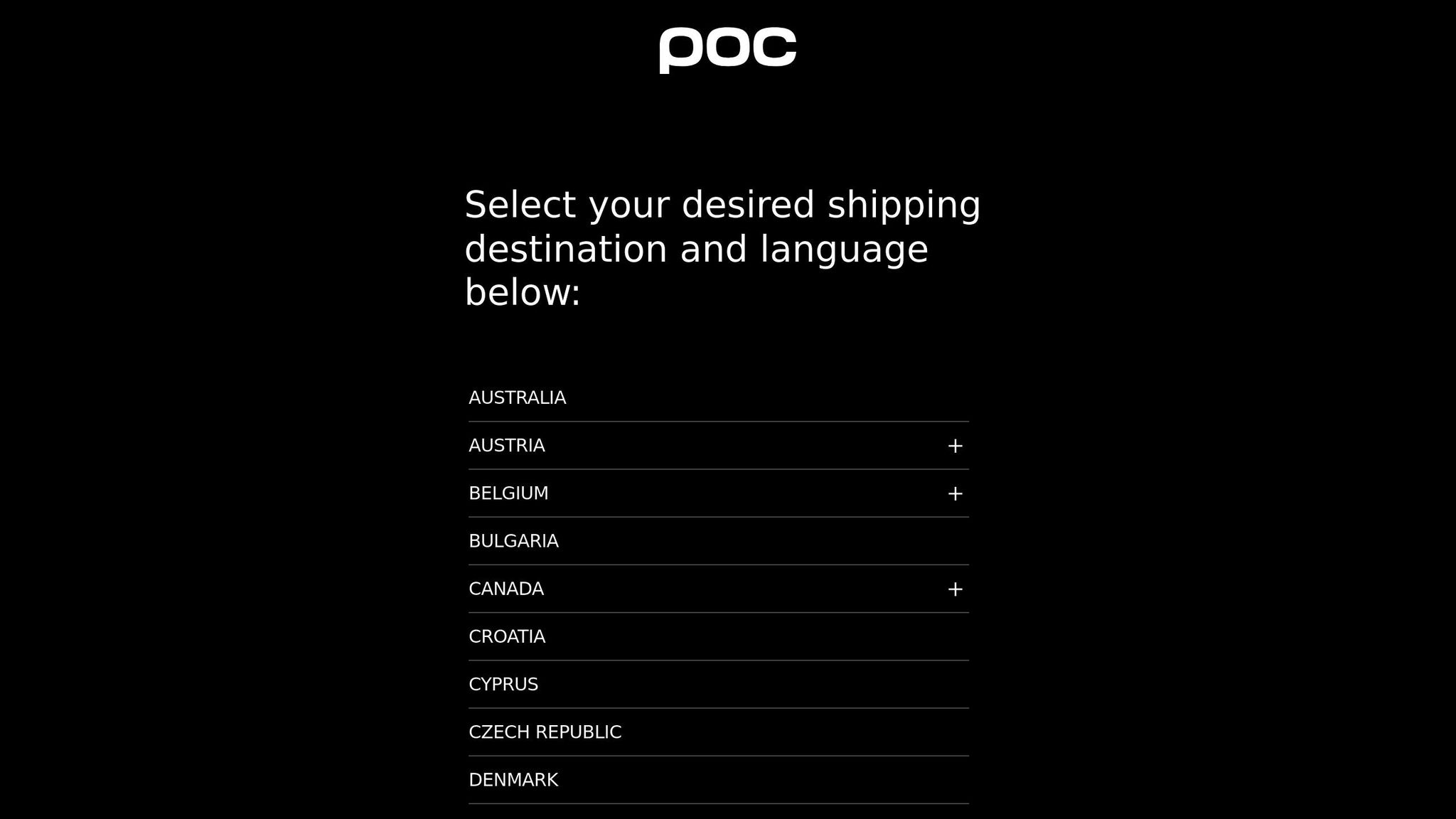
1. Snowfeet* Skiblades (65 cm, 99 cm, 120 cm)
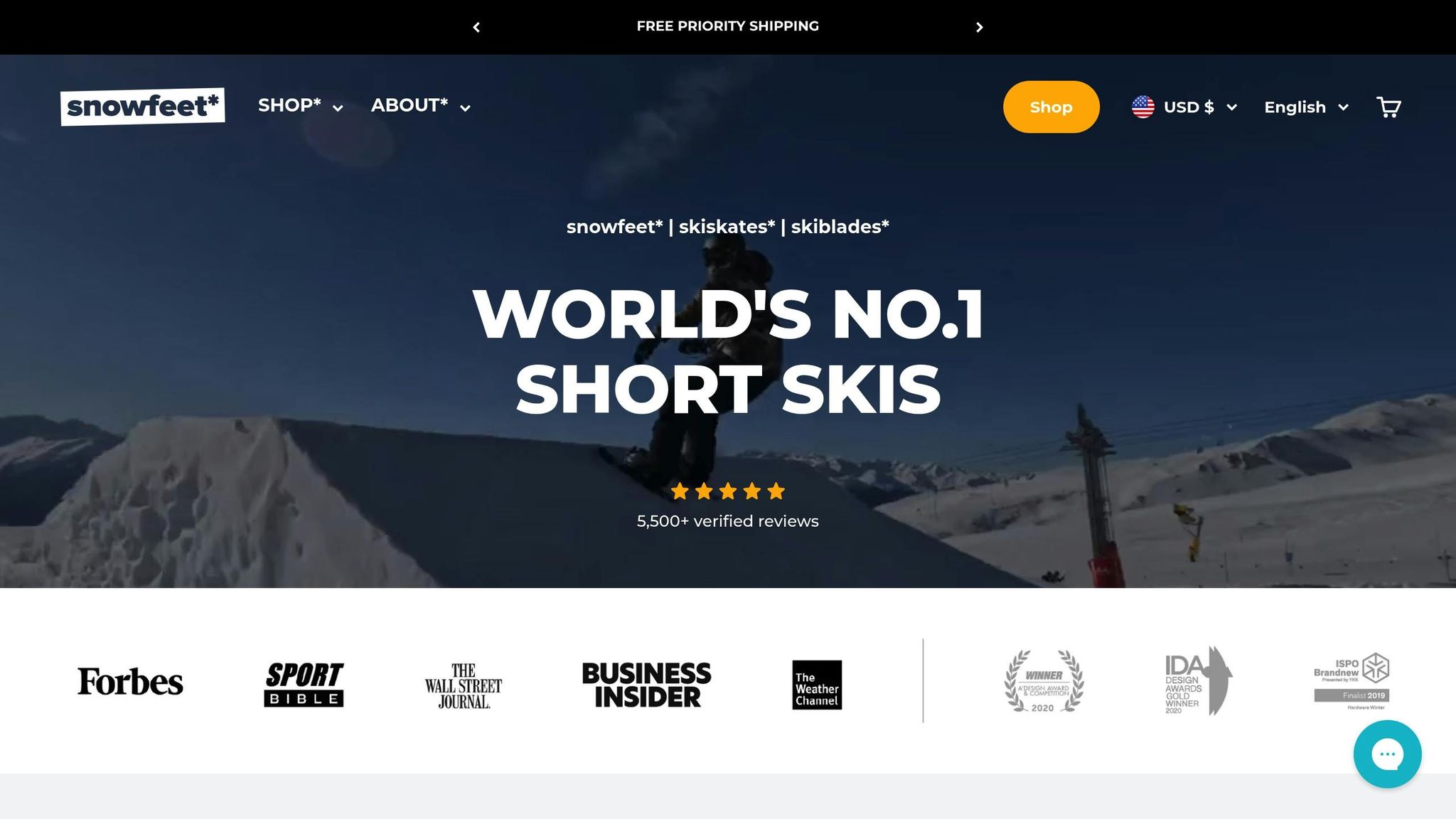
Snowfeet* Skiblades gibt es in drei Längen – 65 cm (26"), 99 cm (39"), und 120 cm (47") – und bieten leichten Skifahrern eine kompakte, spaßige Alternative zu traditionellen langen Skiern. Diese kürzeren Ski konzentrieren sich auf Kontrolle, einfache Handhabung und ein insgesamt verspieltes Erlebnis.
Gewicht und Tragbarkeit
Portabilität ist ein herausragendes Merkmal der Snowfeet* Skiblades. Alle drei Größen sind unglaublich leicht, was den Transport erleichtert. Das 65 cm Modell ist klein genug, um in einen Rucksack oder Kofferraum zu passen, das 99 cm bietet die perfekte Balance zwischen Portabilität und Leistung, und selbst die 120 cm Version ist viel kompakter als Standard-Ski, die typischerweise zwischen 150 und 180 cm liegen. Das macht sie zur idealen Wahl für alle, die den Aufwand vermeiden möchten, sperrige Ausrüstung zu schleppen.
Manövrierfähigkeit für leichte Skifahrer
Das kürzere Design dieser Skiblades sorgt für hervorragende Manövrierfähigkeit. Mit weniger Oberfläche zum Steuern können Skifahrer schnelle Kantenwechsel durchführen und scharfe Kurven mühelos meistern. Diese Agilität ist besonders hilfreich für leichte Skifahrer, die enge Bereiche oder Pisten mit schnellen Reaktionen bewältigen müssen.
Anfängerfreundliches Design
Wenn Sie neu im Skifahren sind, könnten Snowfeet* Skiblades genau das Richtige für Sie sein. Ihre kürzere Länge erleichtert das Drehen und Carven, was sie im Vergleich zu traditionellen langen Skiern einfacher zu handhaben macht. Das heißt, obwohl sie sich hervorragend zum Lernen und für den Freizeitgebrauch eignen, können sie sich bei hohen Geschwindigkeiten aufgrund ihrer kompakten Größe weniger stabil anfühlen.
Vielseitige Geländeleistung
Jede Länge ist auf bestimmte Bedingungen zugeschnitten. Das 65 cm Modell glänzt in engen Bereichen und Park-Features, das 99 cm bietet Vielseitigkeit bei verschiedenen Schneeverhältnissen, und das 120 cm sorgt für zusätzliche Stabilität bei gleichzeitig hoher Agilität. Im Gegensatz zu traditionellen Skiern, die oft mehrere Paare für unterschiedliche Gelände erfordern, passen sich Snowfeet* Skiblades gut an eine Vielzahl von Umgebungen an – von präparierten Pisten über kleine Sprünge bis hin zu leichtem Backcountry-Einsatz. Diese Vielseitigkeit macht sie zu einer soliden Wahl für Skifahrer, die verschiedene Geländetypen erkunden möchten, ohne die Ausrüstung wechseln zu müssen.
2. Snowfeet* Skiskates (44 cm)
Mit nur 44 cm (17 Zoll) sind Snowfeet* Skiskates die perfekte Mischung aus Portabilität und Leistung. Man kann sie sich als spaßige Mischung aus Skaten und Skifahren vorstellen, entwickelt für alle, die Agilität und Spaß mehr schätzen als traditionelle Ausrüstung.
Leicht und einfach zu tragen
Diese Skiskates sind super kompakt und leicht, perfekt für alle, die viel unterwegs sind. Im Gegensatz zu sperrigen traditionellen Skiern, die Dachträger oder übergroße Taschen brauchen, passen Snowfeet* Skiskates problemlos in einen Standard-Rucksack oder als Handgepäck. Hast du eine kleine Wohnung? Kein Problem – sie passen ordentlich in enge Räume wie Schränke, Autokofferräume oder sogar Büroschränke. Und auf der Piste bedeutet ihre Größe bessere Wendigkeit und weniger Aufwand.
Perfekt für schnelle Manöver
Dank ihrer kurzen Länge sind diese Skiskates für schnelle Kurven und scharfe Richtungswechsel gebaut. Während traditionelle Ski, die von 160 bis 180 cm reichen können, mehr Kraft zum Manövrieren benötigen, lassen diese kleinen Skates das Slalomfahren durch überfüllte Pisten, Buckelpisten oder enge Wege mühelos erscheinen. Die kleinere Auflagefläche bedeutet weniger Widerstand beim Kantenwechsel, was Leichtgewichts-Skifahrern ein leichter zu kontrollierendes und reaktionsschnelleres Werkzeug bietet.
Anfängerfreundliches Design
Wenn du neu im Schneesport bist, könnten diese Skiskates dein neuer bester Freund werden. Ihre kürzere Länge macht das Gleichgewicht und die Kontrolle deiner Bewegungen viel einfacher. Außerdem fühlt sich die skatingartige Bewegung intuitiv an – besonders für diejenigen, die die parallelen Schwünge des traditionellen Skifahrens etwas einschüchternd finden.
Vielseitiger Geländeeinsatz
Snowfeet* Skiskates sind ideal für präparierte Pisten, festen Pulverschnee und sogar sanfte Backcountry-Gebiete. Obwohl sie nicht für tiefen Pulverschnee gemacht sind, glänzen sie in Terrainparks und engen Bereichen, wo Präzision und Geschwindigkeit am wichtigsten sind.
3. Snowfeet PRO (50 cm)
Der Snowfeet PRO, mit 50 cm (20 Zoll), sticht als Premium-Option in der Snowfeet's Produktlinie hervor. Zum Preis von 199 $ schlägt er die Brücke zwischen den ultrakompakten Skiskates und den längeren Skiblades.
Gewicht und Tragbarkeit
Selbst mit dem "PRO"-Label bleiben diese Ski Snowfeet's Ruf für Portabilität treu. Mit nur 50 cm sind sie unglaublich leicht und einfach zu transportieren – kein Kampf mehr mit sperrigen traditionellen Skiern. Sie passen ordentlich in Standard-Reisetaschen und sind damit ein Traum für Leichtgewichts-Skifahrer oder alle, die es leid sind, sperrige Ausrüstung herumzuschleppen.
Dieses kompakte und leichte Design ist besonders gut für Erwachsene mit kleinerer Statur geeignet, die herkömmliche Skiausrüstung als sperrig und unhandlich empfinden könnten.
Verbesserte Wendigkeit
Snowfeet hat schon immer Agilität priorisiert, und das PRO-Modell bildet da keine Ausnahme. Mit einer Länge von 50 cm bietet es den idealen Mix aus Stabilität und schneller Reaktionsfähigkeit.
Im Gegensatz zu traditionellen Skiern wie der Rossignol Experience-Serie, die mehr Kraft erfordern, um Schwünge einzuleiten – besonders bei leichteren Skifahrern – reagiert der Snowfeet PRO fast sofort auf subtile Bewegungen. Das macht ihn perfekt, um überfüllte Pisten zu navigieren, durch Bäume zu schlängeln oder enge, technische Geländeabschnitte zu meistern, bei denen Präzision und schnelle Reaktionen entscheidend sind.
Anfängerfreundliches Design
Das PRO-Modell ist nicht nur für erfahrene Skifahrer - es ist auch eine großartige Option für Anfänger. Verstellbare Bindungen und verschiedene Designs machen es für Einsteiger zugänglich. Die kürzere Länge sorgt für Stabilität, ohne überwältigend zu wirken, und hilft neuen Skifahrern, schneller Selbstvertrauen aufzubauen.
Kurze Skier wie diese verringern die Wahrscheinlichkeit, dass sich die Spitzen kreuzen oder man eine Kante fängt – zwei häufige Frustrationen bei Anfängern. Indem der PRO solche Missgeschicke reduziert, hilft er neuen Skifahrern, sich auf die Verbesserung ihrer Fähigkeiten zu konzentrieren, statt sich ständig Sorgen um Stürze zu machen.
Vielseitigkeit im Gelände
Lass dich von der kompakten Größe nicht täuschen - der Snowfeet PRO bewältigt eine überraschende Bandbreite an Bedingungen. Er glänzt auf präparierten Pisten, festem Pulverschnee und sogar mäßigem Gelände abseits der Piste. Obwohl er nicht für tiefe Pulvertage gebaut ist, hält er sich auf leichtem frischem Schnee und wechselnden Untergründen gut.
Dank ihrer robusten Bauweise sind diese Skier bereit für Terrainparks, Buckelpisten und sogar leichte Backcountry-Abenteuer. Ob du die morgendliche Cord-Piste carvest oder am Nachmittag kleine Sprünge machst, der PRO passt sich nahtlos an verschiedene Stile und Bedingungen an. Er ist eine vielseitige Option für Skifahrer, die leichtes, einfach zu handhabendes Equipment wollen, das ihre Möglichkeiten am Berg nicht einschränkt.
sbb-itb-17ade95
4. Standard-Anfängerskier (z. B. Rossignol Experience, Blizzard Thunderbird)
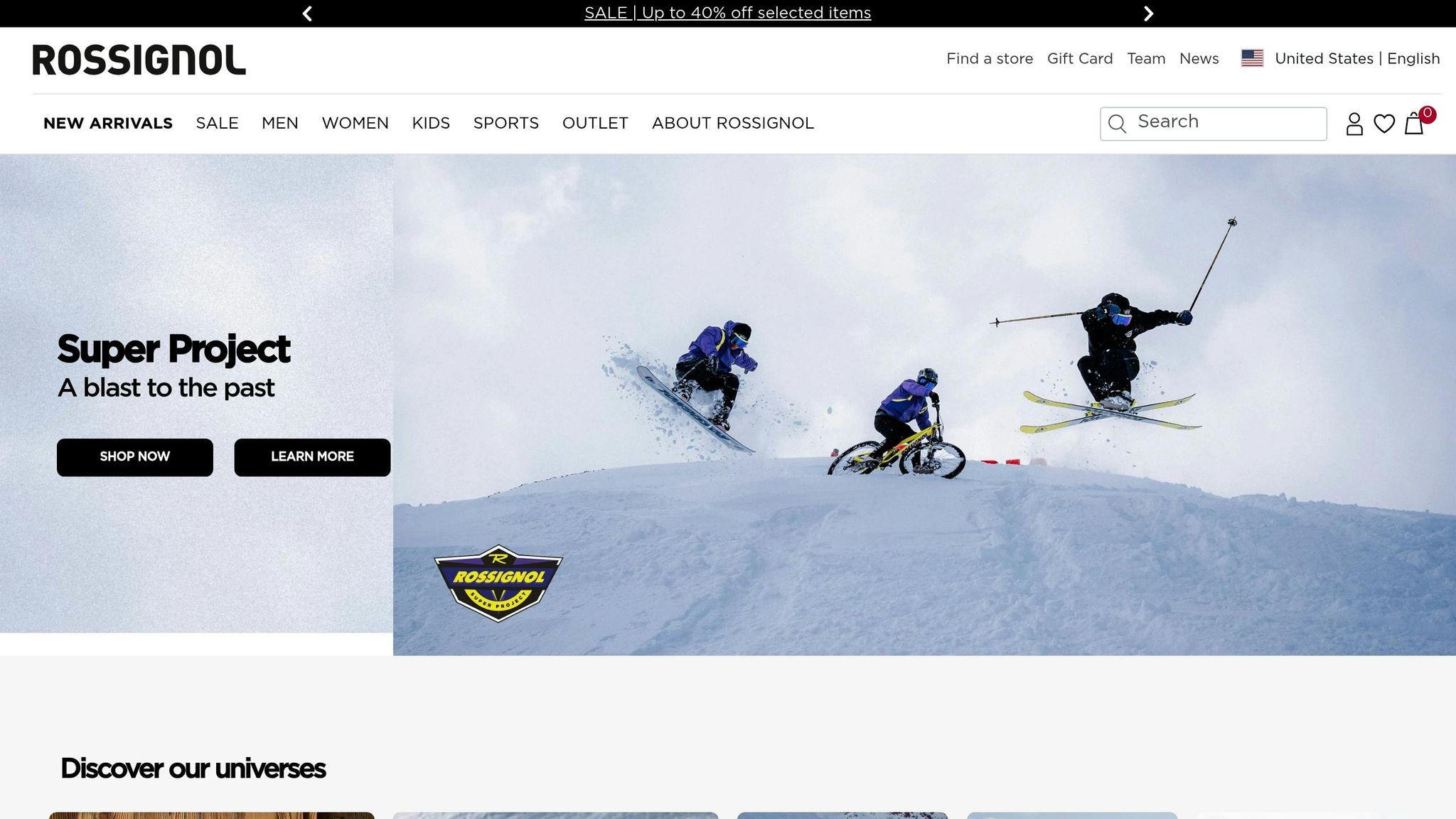
Während Snowfeet eine kompakte und wendige Alternative bietet, tendieren viele Skifahrer immer noch zu traditionellen Skiern wegen ihrer bewährten Leistung.
Anfängerskier wie die Rossignol Experience und Blizzard Thunderbird sind auf Stabilität ausgelegt. Sie sind meist 140–160 cm lang und haben eine weichere Flexibilität, was sie zu einer soliden Wahl für das Cruisen auf präparierten Pisten macht.
Gewicht und Tragbarkeit
Hier ist der Haken - traditionelle Skier sind lang und schwer. Das bedeutet, dass du eine spezielle Skitasche und etwas Muskelkraft brauchst, um sie zu transportieren. Für leichte Skifahrer kann dieses zusätzliche Gewicht wie eine lästige Pflicht wirken, besonders im Vergleich zum reisetauglichen Design von Snowfeet.
Manövrierfähigkeit für leichte Skifahrer
Traditionelle Ski sind für durchschnittlich große Erwachsene konzipiert. Für leichtere Skifahrer können die zusätzliche Länge und das Gewicht das Drehen etwas träge machen. Schnelle, scharfe Manöver? Nicht so einfach, wie man hoffen würde.
Lernkurve und Anfängerfreundlichkeit
Ja, Anfänger-Ski sind darauf ausgelegt, nachsichtig zu sein, aber sie verlangen trotzdem mehr Einsatz. Leichte Skifahrer könnten es schwer finden, von grundlegenden Techniken zu fortgeschritteneren Kurven überzugehen. Außerdem benötigen die Bindungssysteme spezielle Schuhe und professionelle Einstellungen, was eine weitere Komplexitätsebene hinzufügt. Diese Einrichtung kann auch das Bewältigen unterschiedlicher Gelände etwas herausfordernder machen.
Geländeflexibilität
Traditionelle Ski glänzen im Pulverschnee und auf präparierten Pisten, wo ihre Stabilität und ihr Auftrieb zur Geltung kommen. Aber bei Buckelpisten oder Terrainparks kann ihre schwerere Bauweise dich ausbremsen. Sie sind solide für manche Gelände, können sich aber an Stellen, wo Agilität gefragt ist, klobig anfühlen.
5. Standard Intermediate-Ski (z. B. K2 Mindbender, Volkl M7 Mantra)
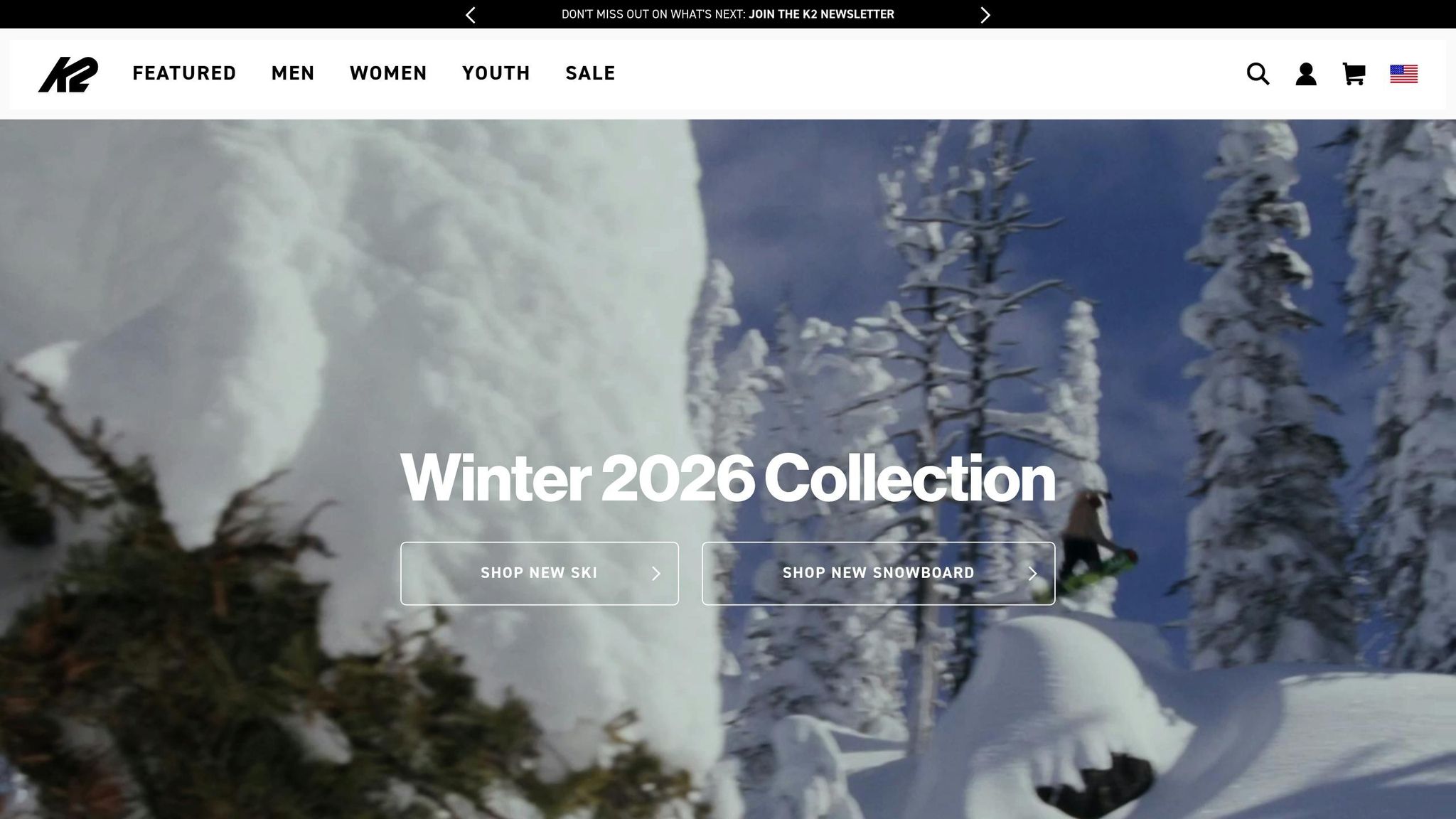
Intermediate-Ski wie der K2 Mindbender und der Volkl M7 Mantra sind darauf ausgelegt, die Leistung auf verschiedenen Pisten zu verbessern. Sie sind jedoch möglicherweise nicht die beste Wahl für leichte Skifahrer, die schnelle und wendige Bewegungen priorisieren.
Design und Leistung
Diese Ski verfügen über eine längere und steifere Konstruktion, was großartig ist, um den Kantengriff zu verbessern und Stabilität bei höheren Geschwindigkeiten zu erhalten. Aber dieses Design kann sich für leichte Skifahrer weniger nachsichtig anfühlen, besonders im Vergleich zur Agilität und Benutzerfreundlichkeit, die Snowfeet-Produkte bieten.
Gewicht und Tragbarkeit
Folgendes ist wichtig: Intermediate-Ski sind nicht gerade reisetauglich. Ihre Größe bedeutet, dass du spezielle Skitaschen oder sogar Dachgepäckträger zum Transport brauchst. Im Gegensatz dazu sind Snowfeet-Produkte kompakt und ultramobil, was das Tragen zum Kinderspiel macht.
Lernkurve und Einrichtung
Intermediate-Ski verlangen dem Nutzer etwas mehr ab. Sie erfordern fortgeschrittene Techniken und professionelle Bindungseinstellungen, was Zeit und Kosten an deinem Skitag hinzufügen kann. Für leichte Skifahrer, die Einfachheit schätzen, bietet Snowfeet-Ausrüstung eine unkompliziertere und stressfreie Einrichtung.
Manövrierfähigkeit und Geländeflexibilität
Die steife und klobige Bauweise dieser Ski macht sie besser geeignet für weite, schwungvolle Kurven als für schnelle Drehungen. Das macht sie weniger ideal für enge Waldabfahrten oder Terrainparks. Andererseits glänzt das kompakte Design von Snowfeet in diesen Umgebungen und ermöglicht schnelle Richtungswechsel sowie geschmeidige, agile Manöver.
Vor- und Nachteile
Lass uns die Vor- und Nachteile für leichte Skifahrer betrachten, die Snowfeet Produkte gegenüber traditionellen Skiern in Erwägung ziehen. Jeder hat seine eigenen Stärken und Kompromisse, die beeinflussen, wie sie sich auf verschiedenen Terrains und unter unterschiedlichen Bedingungen verhalten.
Snowfeet Produkte zeichnen sich durch ihre Tragbarkeit, leichte Erlernbarkeit und Wendigkeit aus. Sie sind ultraleicht, was das Tragen erleichtert, und ihre schnelle Manövrierfähigkeit ermöglicht scharfe Kurven, besonders in engen Bereichen. Außerdem sind sie weniger körperlich anstrengend, was hilft, Ermüdung zu reduzieren.
Aber Snowfeet Produkte zeigen ihre Stärken am besten unter bestimmten Bedingungen. Sie sind ideal für präparierten Schnee und können Pulverschnee bis etwa 10 cm bewältigen. Allerdings sind sie nicht für steile Hänge oder unebenes Gelände mit Buckeln und Unebenheiten gebaut. Wenn du auf Highspeed-Carving stehst, könnten traditionelle Skier eher dein Ding sein.
Andererseits glänzen traditionelle Skier durch Stabilität und Leistung im Tiefschnee. Ihre längeren Kanten machen sie ideal für kontrollierte, geschnittene Kurven, besonders bei höheren Geschwindigkeiten. Sie sind eine solide Wahl für Skifahrer, die sich anspruchsvollen und abwechslungsreichen Bergbedingungen stellen.
Das gesagt, bringen traditionelle Skier ihre eigenen Herausforderungen mit sich. Sie erfordern mehr Aufwand für schnelle Kurven und haben oft eine steilere Lernkurve, was bedeutet, dass man möglicherweise Unterricht braucht, um sie zu beherrschen. Der Transport kann ebenfalls umständlich sein – sie benötigen Skitaschen oder Dachgepäckträger, und ihre Bindungen erfordern meist eine professionelle Einstellung.
Hier ist ein schneller Vergleich der beiden:
| Merkmal | Snowfeet Produkte | Traditionelle Skier |
|---|---|---|
| Gewicht | Ultraleicht | Schwerer |
| Manövrierfähigkeit | Schnelle Drehungen und Wendungen | Erfordert weitere Kurven |
| Lernkurve | Einfach – bequem innerhalb von Stunden | Steiler – kann Tage oder Wochen dauern |
| Tragbarkeit | Rucksackfreundlich | Benötigt Skitaschen/Dachgepäckträger |
| Geländeflexibilität | Am besten für präparierte Pisten, Parks und Wanderwege | Bewältigt alle Bergbedingungen |
| Pulverschnee-Leistung | Begrenzt (bis zu 10 cm) | Großartig im Tiefschnee |
| Geschwindigkeitsfähigkeit | Mäßig | Ausgezeichnet für Highspeed-Carving |
| Aufbau-Komplexität | Einfaches Riemensystem | Erfordert professionelle Anpassungen |
Wenn du gerne Terrainparks, Wanderwege oder präparierte Pisten nutzt, sind Snowfeet Produkte eine fantastische Wahl. Sie sind besonders praktisch für schnelle Übergänge zwischen verschiedenen Schneebedingungen. Wenn du jedoch vorhast, tiefen Pulverschnee oder extremes Gelände zu bewältigen, sind traditionelle Skier die bessere Wahl.
Für leichte Skifahrer, die Bequemlichkeit und Vielseitigkeit suchen, bieten Snowfeet Produkte eine spaßige und zugängliche Option. Traditionelle Skier liefern zwar Spitzenleistung unter härteren Bedingungen, erfordern aber mehr Engagement in Bezug auf Können, Aufwand und Vorbereitung.
Fazit
Zusammenfassend sind Snowfeet Produkte ein echter Game-Changer für leichte Skifahrer und bieten unvergleichliche Wendigkeit und Benutzerfreundlichkeit. Mit ihrem ultraleichten Design, der schnellen Lernkurve und der Portabilität sind sie eine ausgezeichnete Wahl für leichte erwachsene Skifahrer, die Spaß ohne den Aufwand traditioneller Skiausrüstung suchen.
Wie wir bereits erläutert haben, ist für jeden etwas in der Snowfeet Produktlinie dabei. Die Mini Ski Skates (150 $) sind perfekt für Anfänger, die erste Schritte im Sport wagen. Die PRO Version (50 cm, 199 $) bietet eine Leistungssteigerung, während die Skiskates (44 cm, 390 $) ein Premium-Erlebnis für diejenigen liefern, die das Beste vom Besten wollen. Jede Option ist für sofortige Nutzbarkeit und einfachen Transport konzipiert – Eigenschaften, die traditionelle Skier einfach nicht bieten können.
Klar, traditionelle Skier haben ihren Platz im Tiefschnee und bei langen Abfahrten, aber sie bringen mehr Aufwand, mehr Gewicht und eine steilere Lernkurve mit sich. Snowfeet Produkte hingegen lassen dich innerhalb von Stunden die Pisten - oder sogar deinen Garten - erobern, ganz ohne Unterricht. Außerdem bedeutet ihre Portabilität, dass du Orte erkunden kannst, die sperrige Skier einfach nicht erreichen.
Wenn du bereit bist, die Piste mit weniger Aufwand und mehr Freiheit zu genießen, hier der Plan: Starte mit den Mini Ski Skates, steigere dich zum PRO für mehr Leistung oder geh voll auf Skiskates für ein erstklassiges Erlebnis. Egal, wofür du dich entscheidest, Snowfeet macht Skifahren einfacher, schneller und viel spaßiger.
FAQs
Warum sind Snowfeet Produkte für leichte Skifahrer eine bessere Wahl als traditionelle Ski?
Snowfeet Ausrüstung ist ein Game-Changer für leichte Skifahrer, die Agilität und Kontrolle schätzen. Dank ihres kompakten, leichten Designs sind sie viel einfacher zu handhaben als traditionelle Ski, die sich lang, sperrig und schwer anfühlen können. Durch den Einsatz fortschrittlicher Materialien wie Carbonfaser schafft es Snowfeet, das Gewicht niedrig zu halten und trotzdem robust genug für die Piste zu sein.
Ein weiterer großer Vorteil? Ihre kleinere Größe macht sie super tragbar. Egal, ob du sie zur Piste trägst oder zu Hause lagerst, sie sind leicht zu handhaben. Diese Bequemlichkeit ist ein großer Gewinn für Anfänger und Gelegenheitsfahrer, die es einfach halten wollen. Außerdem hilft das benutzerfreundliche Design, Ermüdung zu reduzieren und gibt dir bessere Kontrolle, was Snowfeet zu einer spaßigen und einfach zu nutzenden Alternative zu traditionellen Ski macht.
Können Snowfeet Skiblades und Skiskates mit verschiedenen Schneebedingungen umgehen?
Snowfeet Skiblades und Skiskates sind eine großartige Wahl für Freizeitskifahrer, besonders auf präparierten Pisten oder weicherem Schnee. Dank ihrer kompakten Größe und ihres leichten Aufbaus sind sie super einfach zu handhaben und damit eine solide Option für leichtere erwachsene Skifahrer, die Wert auf Agilität legen.
Das gesagt, sind sie nicht die beste Wahl für tiefen Pulverschnee oder vereistes Gelände. Traditionelle Ski oder Snowboards eignen sich besser für diese härteren Bedingungen. Um das Beste aus diesen Skiblades und Skiskates herauszuholen, bleib in Umgebungen, in denen ihr wendiges Design und ihre Tragbarkeit wirklich zur Geltung kommen.
Sind Snowfeet Produkte für Anfänger leichter zu erlernen als traditionelle Ski oder Snowboards?
Snowfeet Ausrüstung ist mit Blick auf Anfänger entwickelt und bietet ein kompaktes, leichtes Design, das einfach zu kontrollieren ist. Im Gegensatz zu traditionellen Ski oder Snowboards, die viel Zeit und Mühe zum Erlernen brauchen, sind Snowfeet viel einfacher zu lernen. Ihr benutzerfreundliches Design hilft Neulingen, die Grundbewegungen zu meistern, ohne sich überfordert zu fühlen.
Für leichtere erwachsene Skifahrer sind Snowfeet eine fantastische Option. Sie sind tragbar, einfach zu benutzen und bieten einen weniger einschüchternden Einstieg in den Wintersport. Wenn du neu auf der Piste bist, könnten sie der perfekte Weg sein, um mit viel Spaß in das Erlebnis einzutauchen.
Verwandte Blogbeiträge
- Brauchen Frauen spezielle Ski? Geschlechterunterschiede verstehen
- Wie viel wiegen Ski? Vollständige Gewichtstabelle nach Länge & Kategorie
- Wie man Ski auswählt, die leicht an und aus dem Sessellift zu bekommen sind
- Die besten Ski für alle, die ein 'klassisches' Skierlebnis wollen (traditionelles Design)

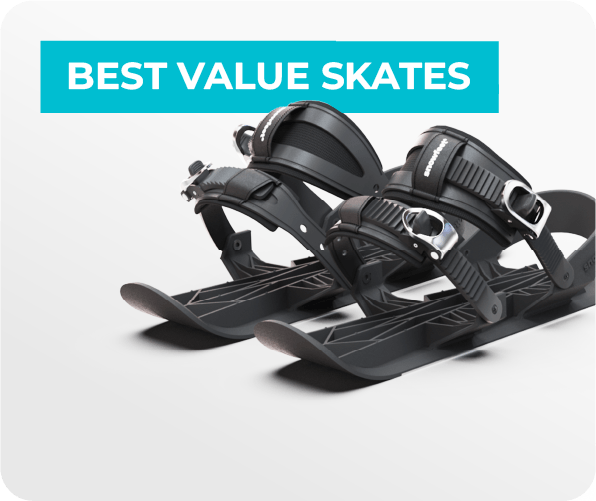



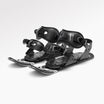
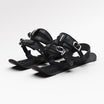
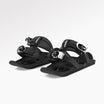
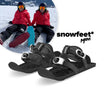

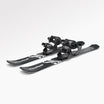

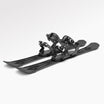
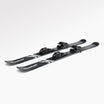






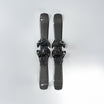
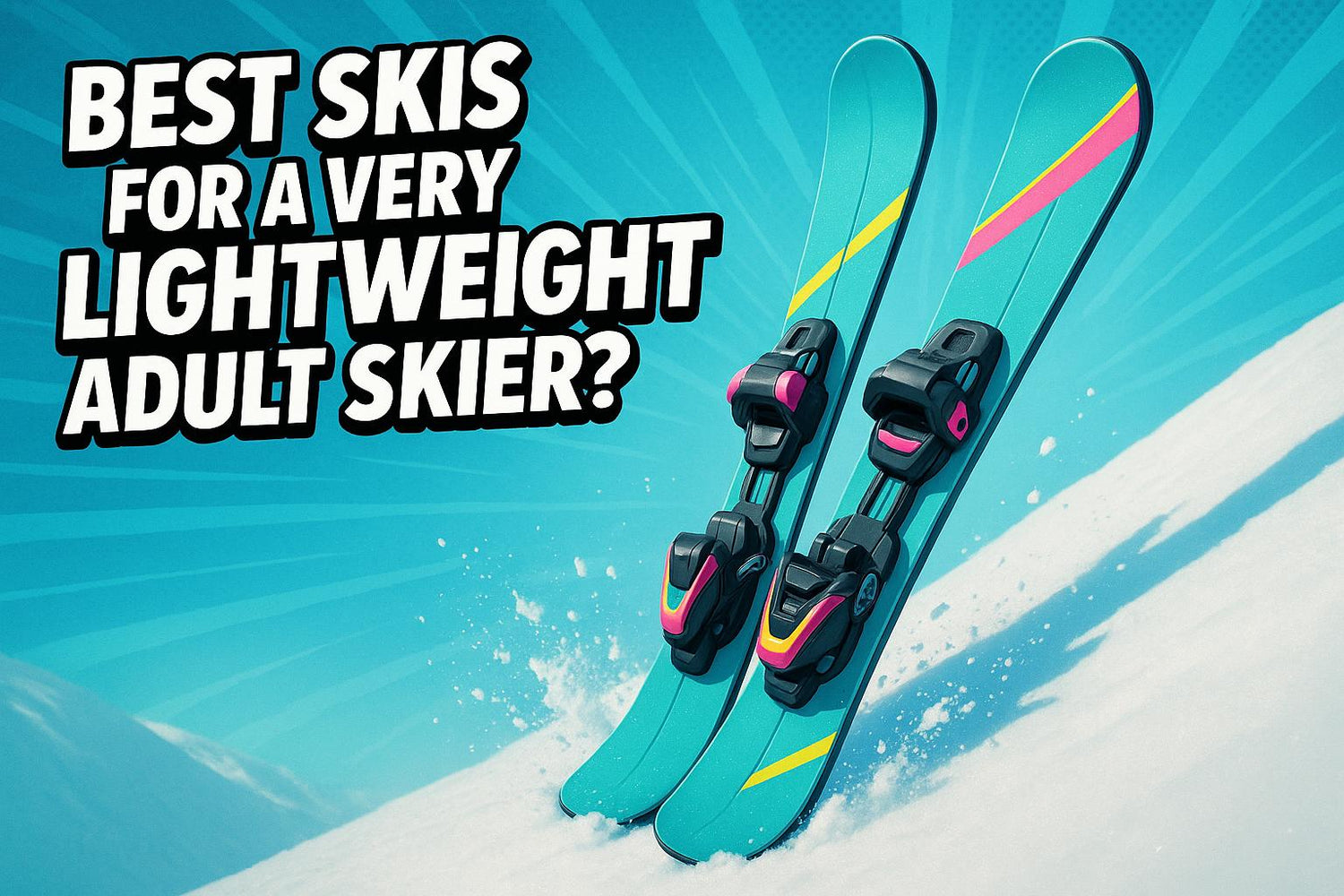
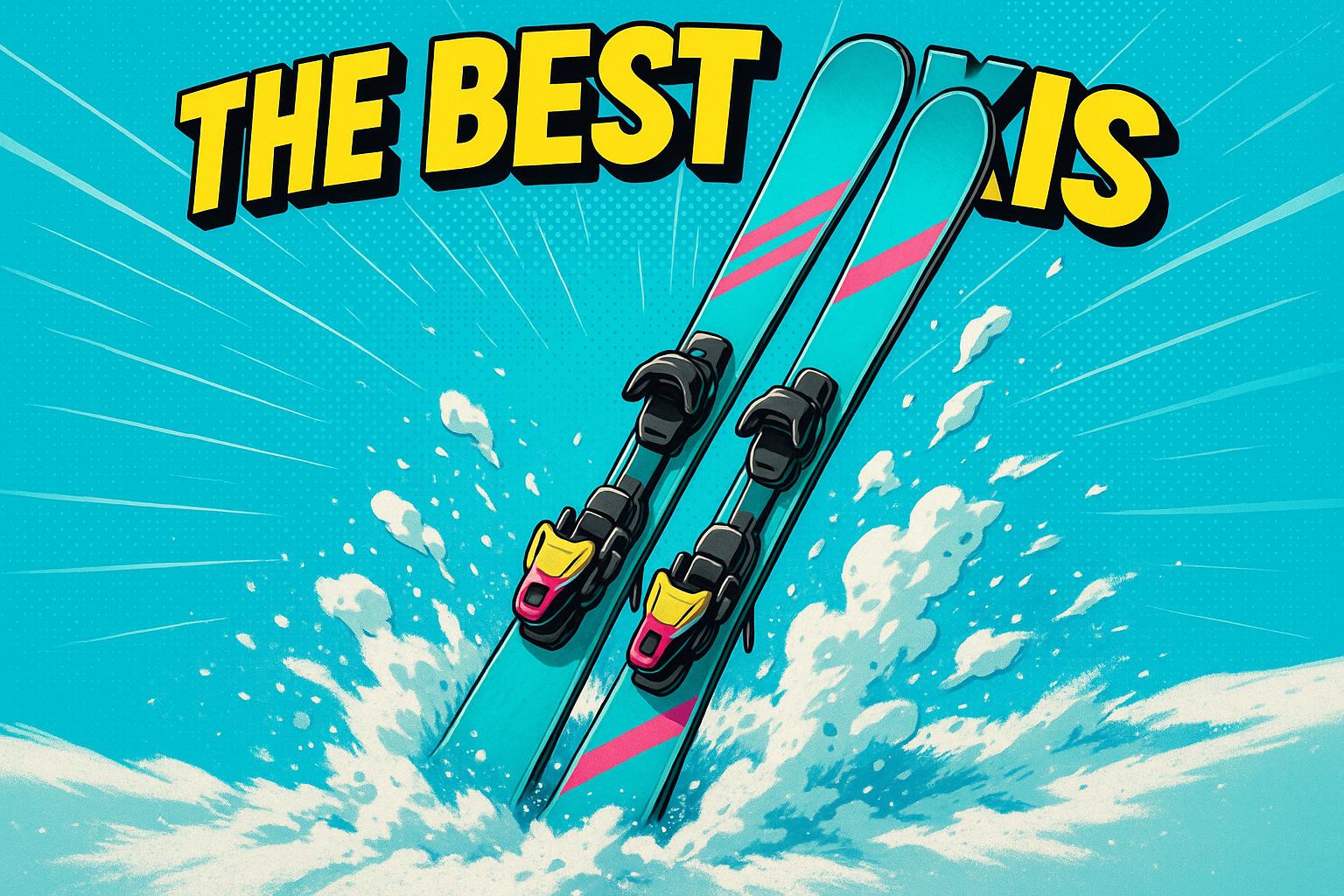
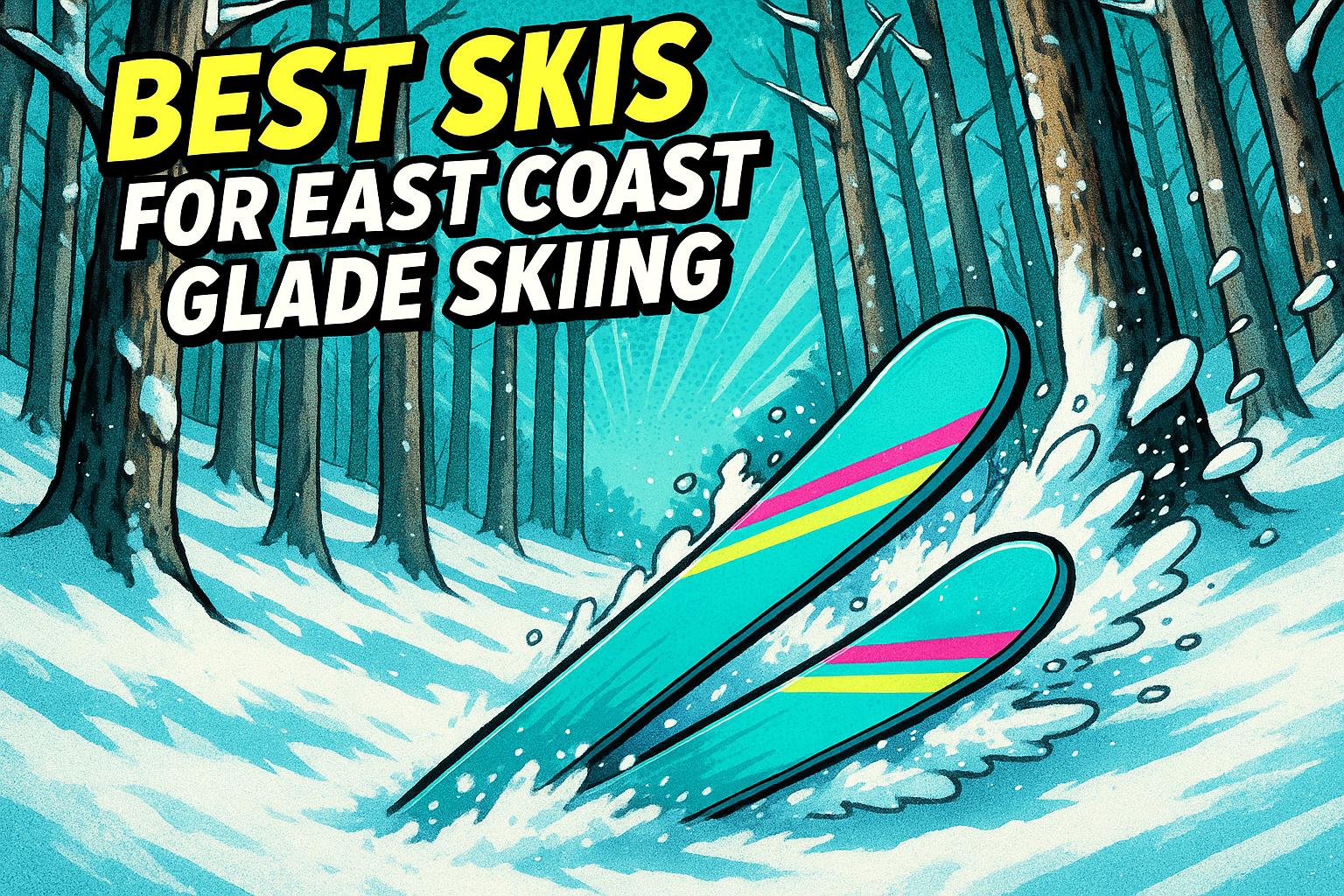
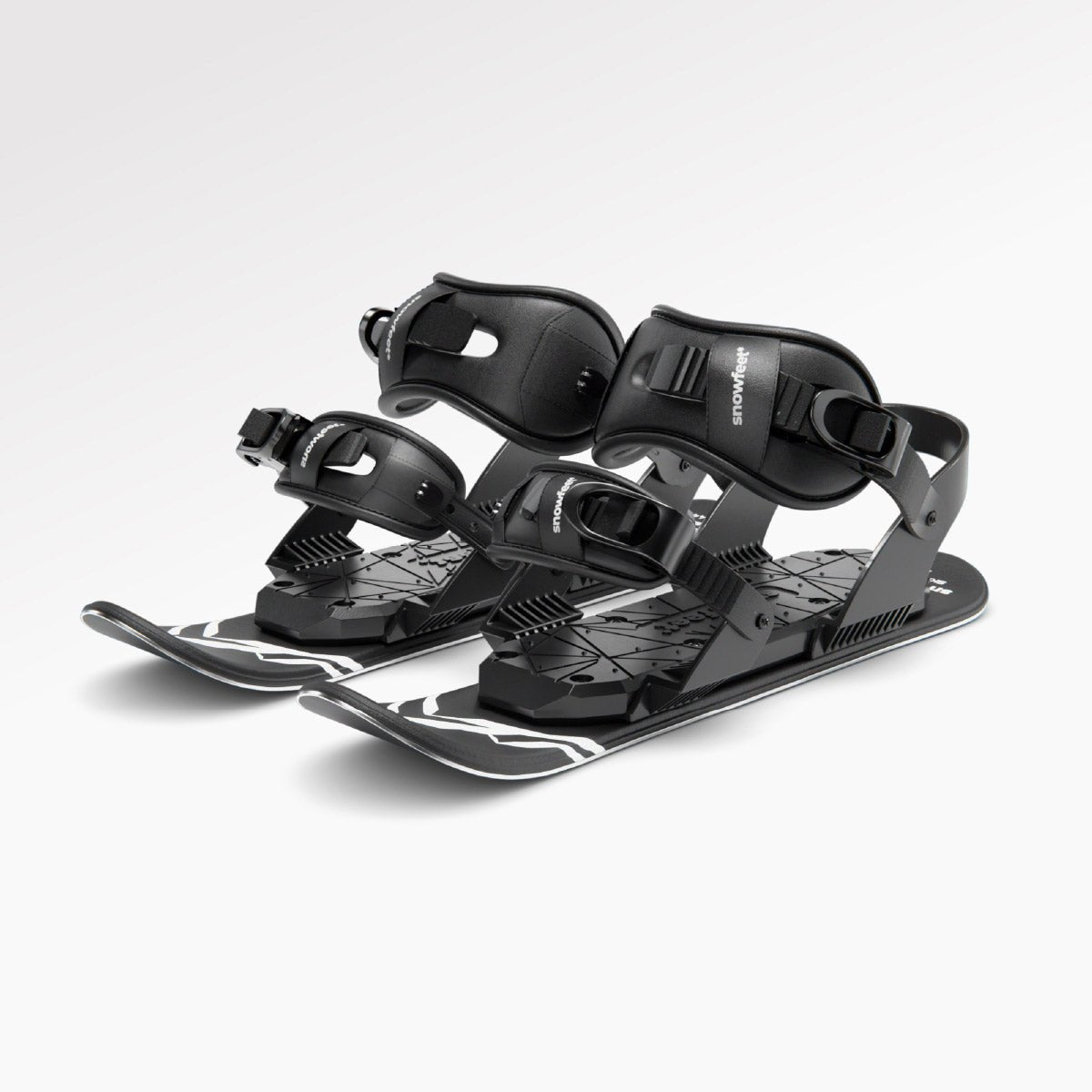
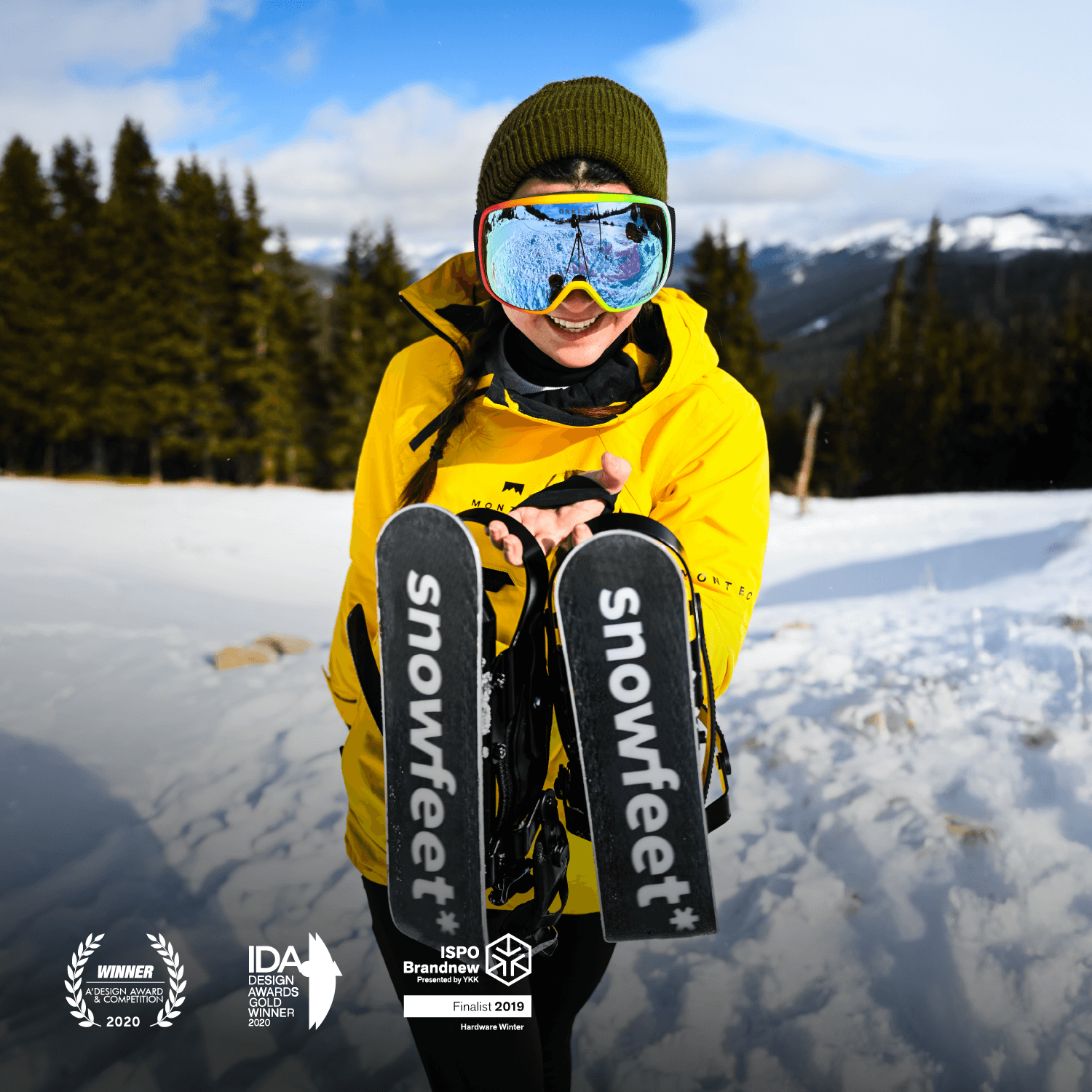
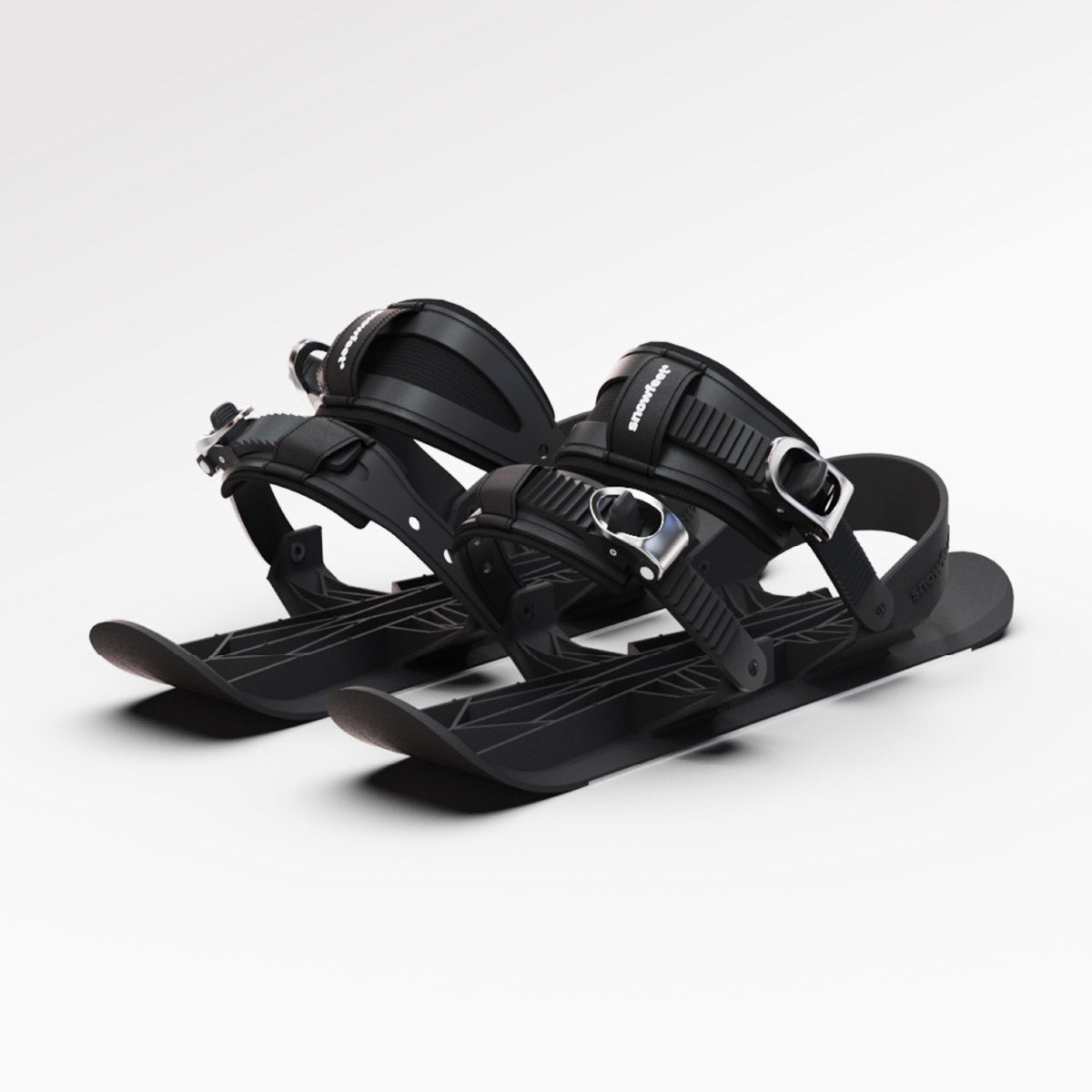

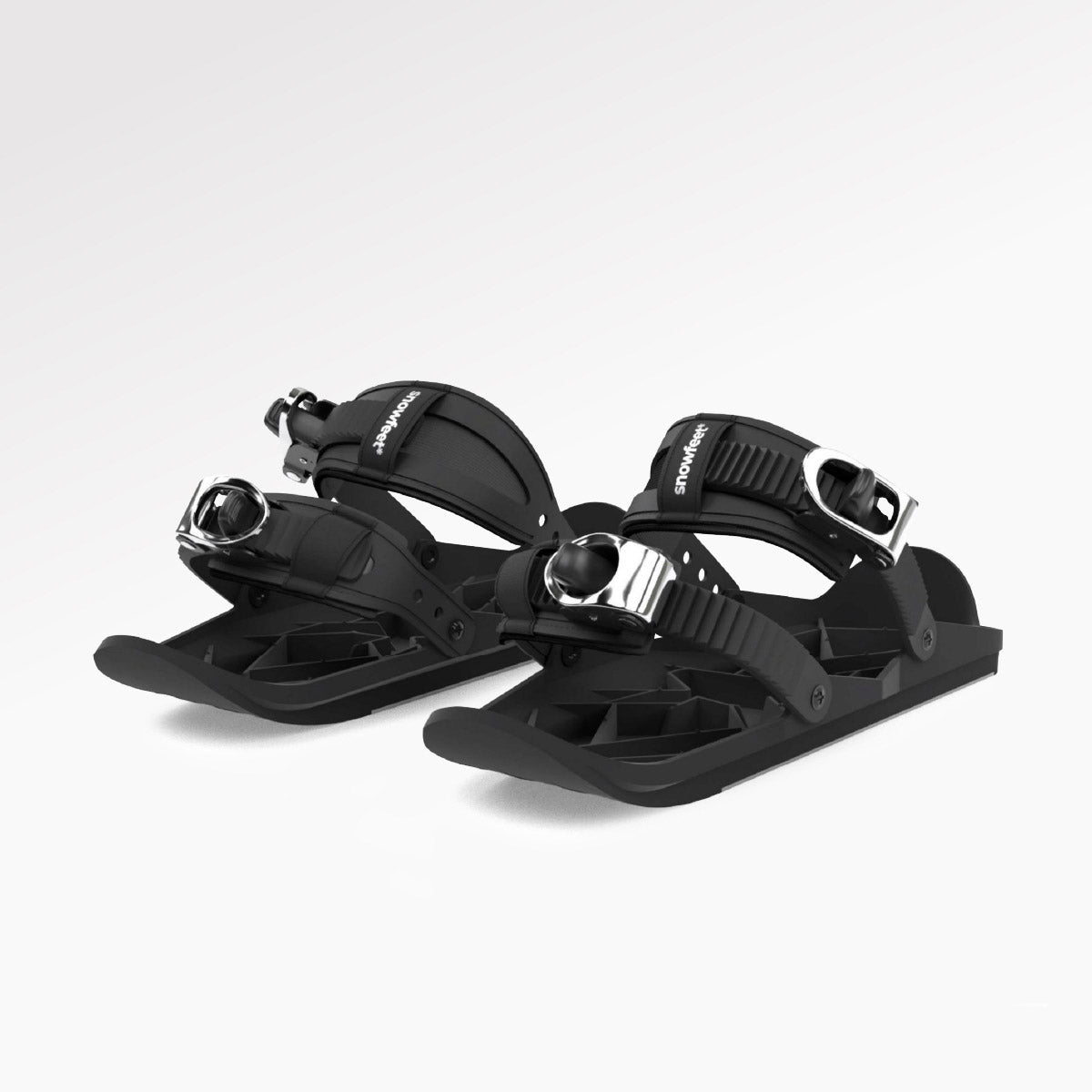
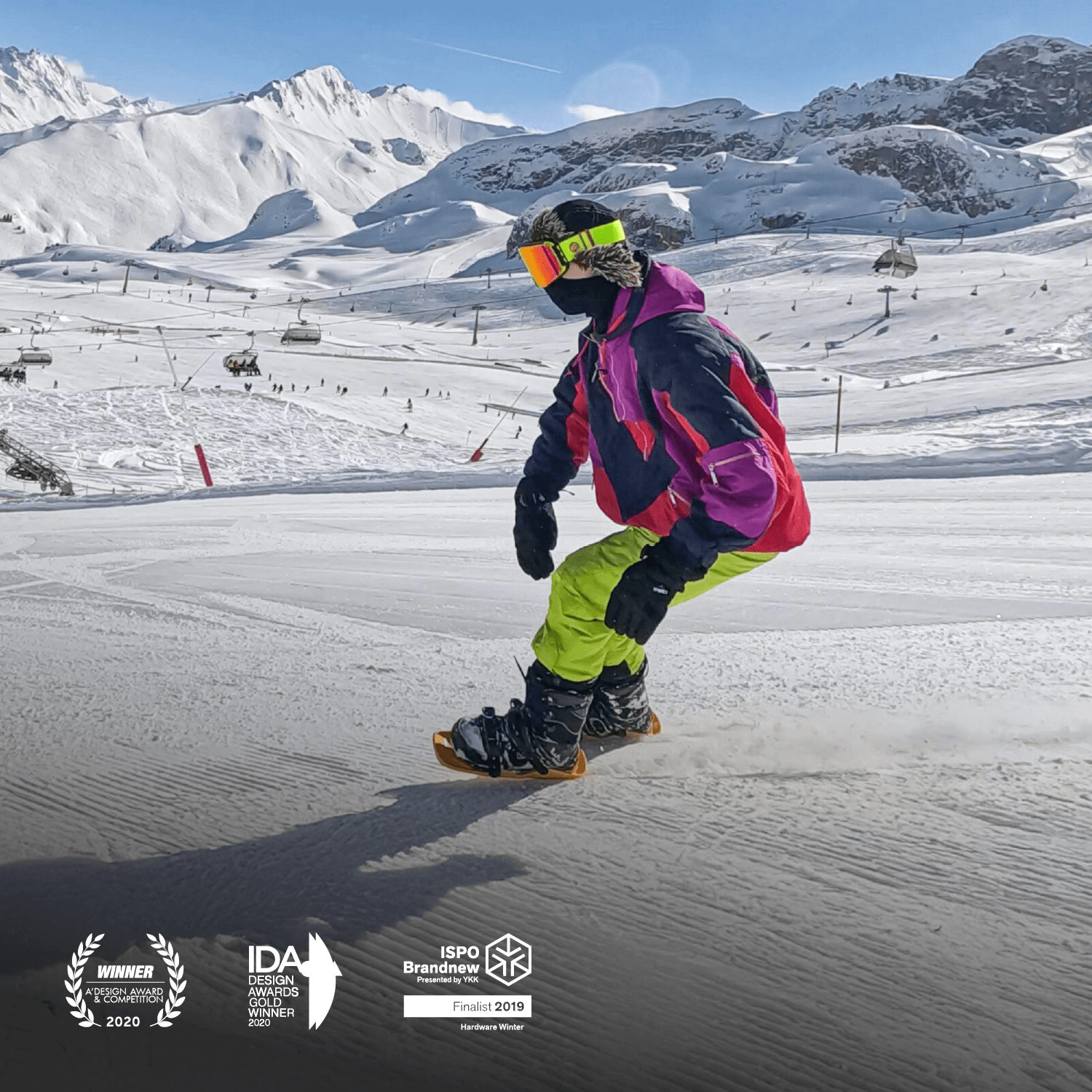


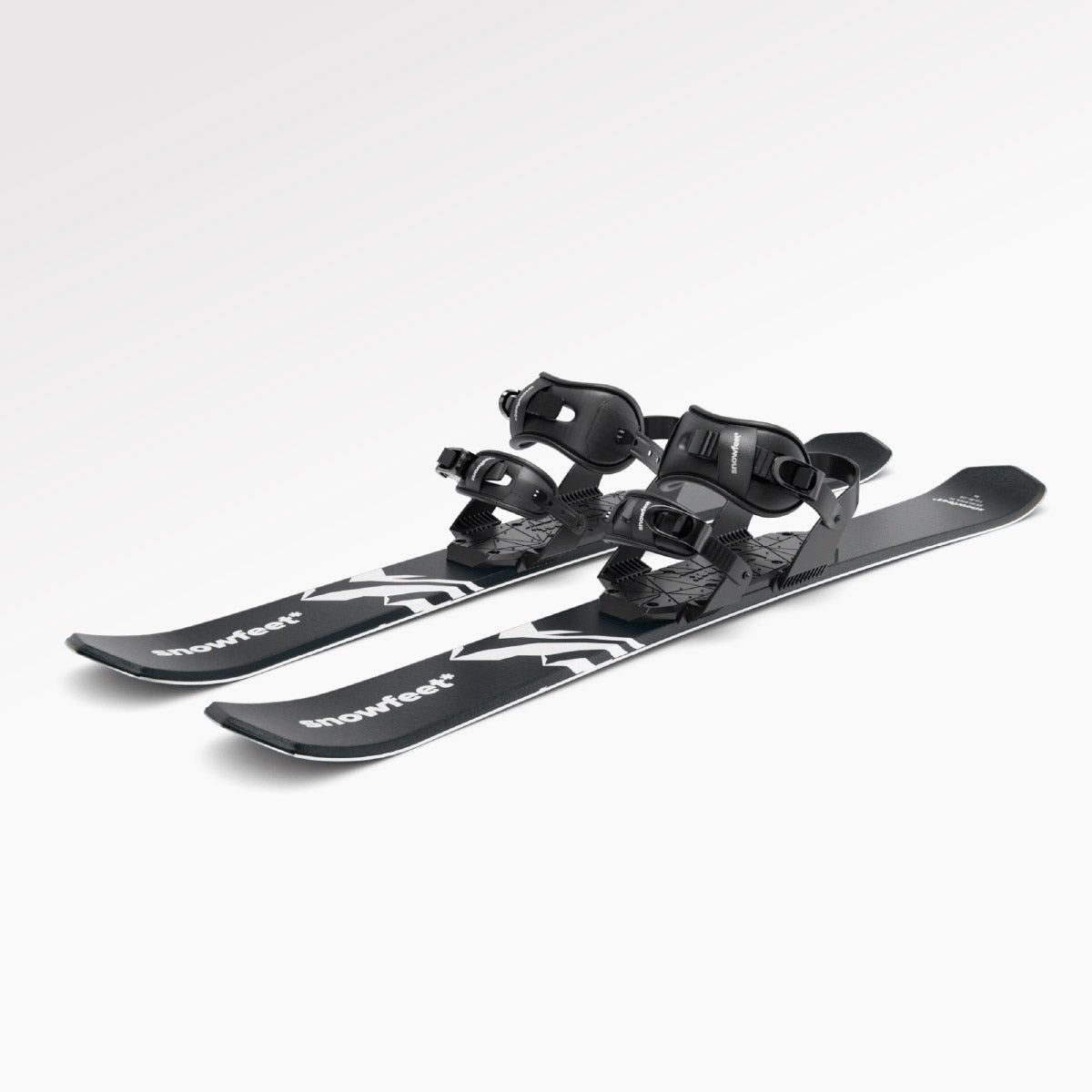
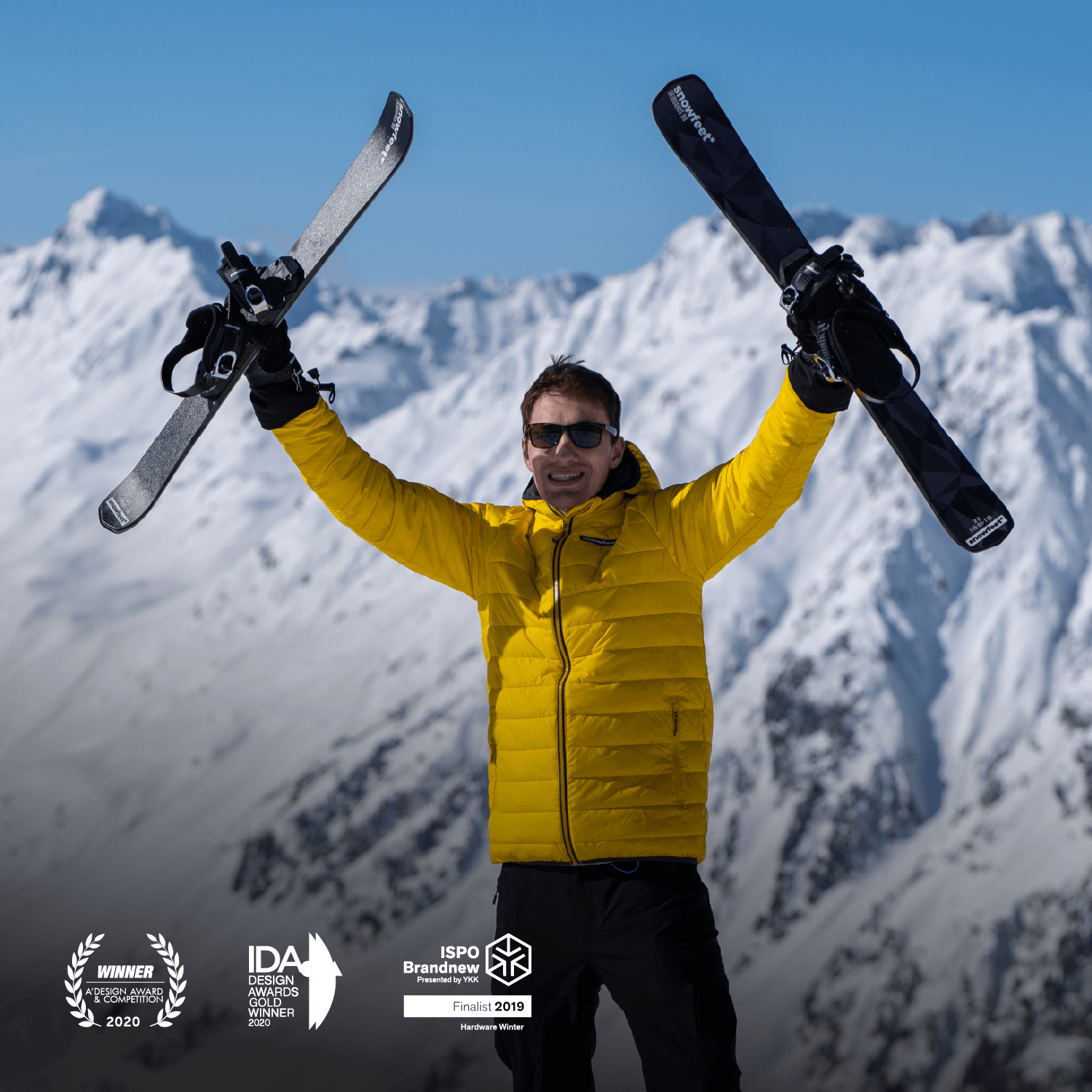
Hinterlassen Sie einen Kommentar
Diese Website ist durch hCaptcha geschützt und es gelten die allgemeinen Geschäftsbedingungen und Datenschutzbestimmungen von hCaptcha.